Science Pulse | Times Of Um6p
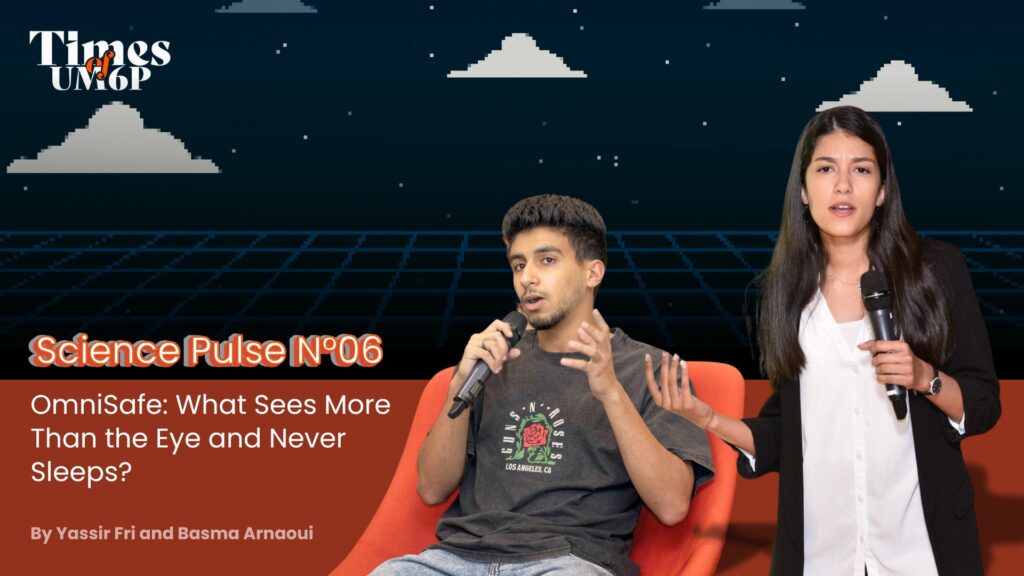
Industrial sites don’t forgive inattention. A second’s delay can cost a limb, a life, or a legacy. That’s what pushed two UM6P’s College of Computing students—just 21 and 22—to work on a sentinel: a system designed not just to see, but to catch risk in real time—and maybe, just maybe, stop accidents before they happen. This is OmniSafe, and its story starts with a problem people often don’t see: the steep human cost of progress.
In heavy industry, danger often comes quietly. A misplaced step, a helmet forgotten, a line of sight obscured by dust—and lives can change in an instant. The International Labour Organization reports nearly 3 million work-related deaths each year, a staggering 380,000 of them from accidents. In fast-growing economies, safety lapses are not a statistic. They are a daily tax on progress.
Yassir Fri and Basma Arnaoui, both undergraduates at UM6P’s College of Computing, are developing OmniSafe, an artificial intelligence tool that uses computer vision to monitor industrial sites in real time. The idea: catch risks before they escalate, by automating the kind of vigilance safety officers struggle to maintain
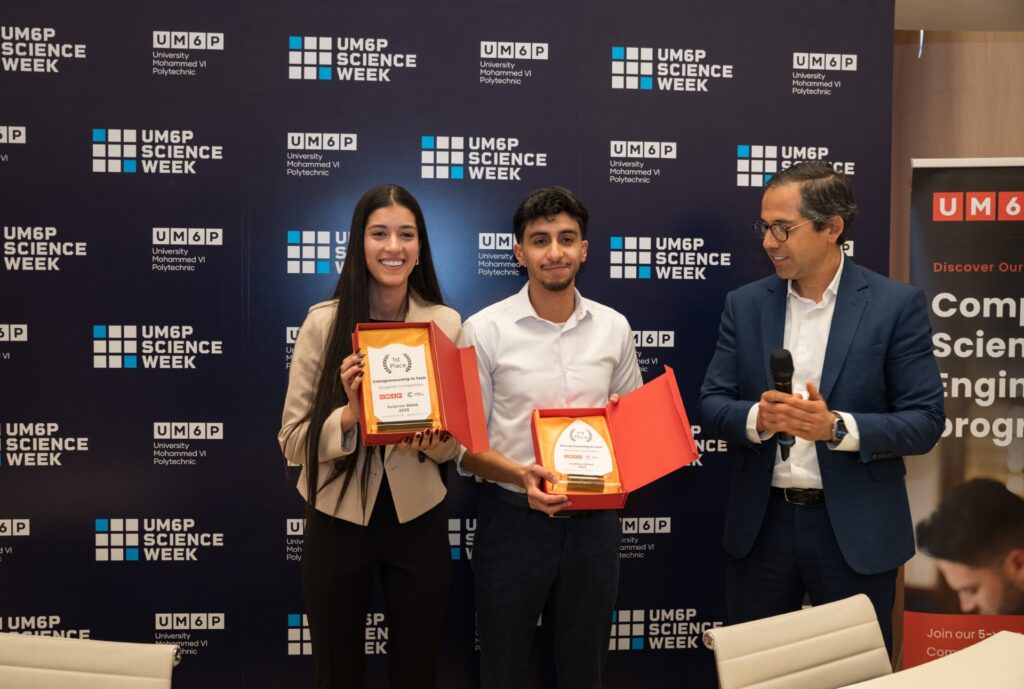
The project began with a hackathon, where Fri created a prototype that could flag missing protective gear and detect danger zone intrusions. To strengthen the strategic side, he brought in Arnaoui, skilled in business logic and storytelling. They joined UM6P’s Startup Garage, a program built into the curriculum, offering guidance, mentorship, and tools to move from concept to project. Their first goal: refine the hackathon prototype and test its viability. What they’ve built is a proof of concept—but one with clear potential.
Startup Garage: learning to build right
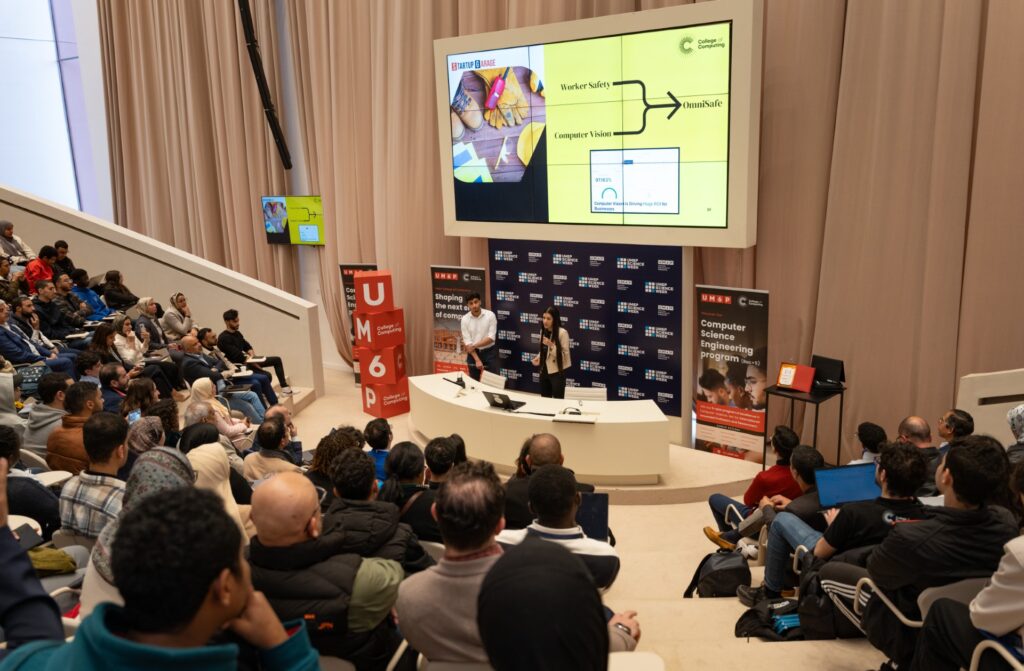
Startup Garage is no ordinary class. It includes weekly coaching, business and legal workshops, and an MVP-driven approach. Initially, they overinvested in tech. A coach from a Nigerian bootcamp shifted their focus: build an MVP, focus on one feature, and engage users early.
Their work paid off during UM6P’s Science Week, where OmniSafe secured a top-three spot. Their pitch convinced leaders from Swiss Cognitive and Enigma, and showed potential for expansion—from construction to Morocco’s phosphate mines. Still, the project remains pre-deployment.
Messy sites, smarter systems
OmniSafe’s core is computer vision, scanning live camera feeds to detect risks like missing helmets or proximity to machinery. But real-world conditions—dust, light, distortions—made it challenging. With help from Professor Diego Pelufo, Yassir corrected early image misalignments, learning how tough it is to make AI work outside the lab.
Training the system was another challenge. “Generic videos wouldn’t cut it,” Yassir says. They needed real footage, day and night. Privacy constraints limited access, so they used UM6P’s Toubkal supercomputer and built datasets via simulations and partners. Models are still improving as data increases.
Basma tackled pricing and compliance questions—per camera, subscription, hardware-tied? How to align with ISO 45001? These unresolved issues are teaching them the difference between a promising idea and a viable business.
Local urgency, global patterns
OmniSafe’s focus is Morocco. The logic: start with a known terrain. In Morocco and the Global South, manual oversight is stretched thin. Even small automation gains can mean lives saved and costs reduced.
Globally, the industrial safety market was valued at USD 6.36 Billion in 2022. From Canada’s Proxxi to European smart helmets, narrow AI is transforming safety.
OmniSafe draws from the same logic as autonomous vehicles: machines watching what humans can’t.
Its North African origin is rare in the field, largely dominated by Western and East Asian players. While Morocco’s startup ecosystem ranks 54th globally, access to UM6P’s research budget and global ties gives projects like OmniSafe a structural edge.
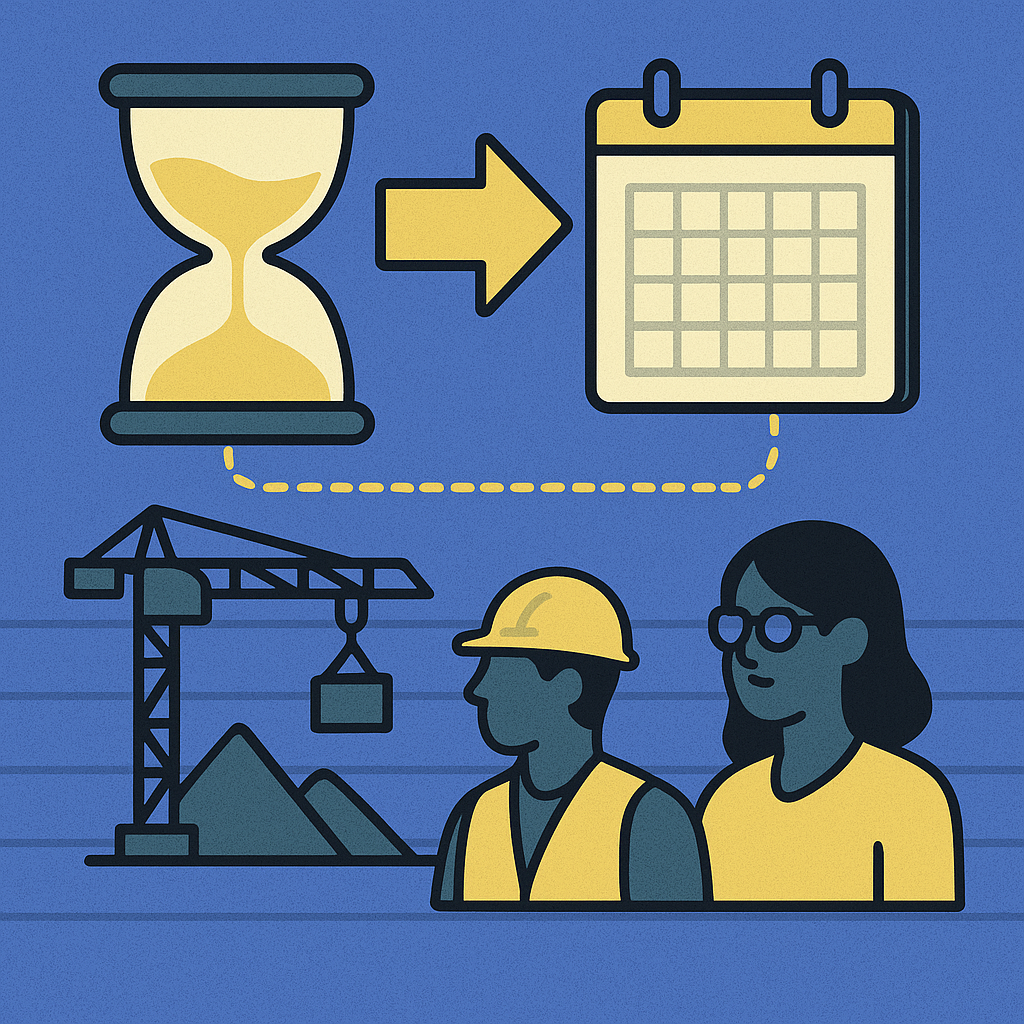
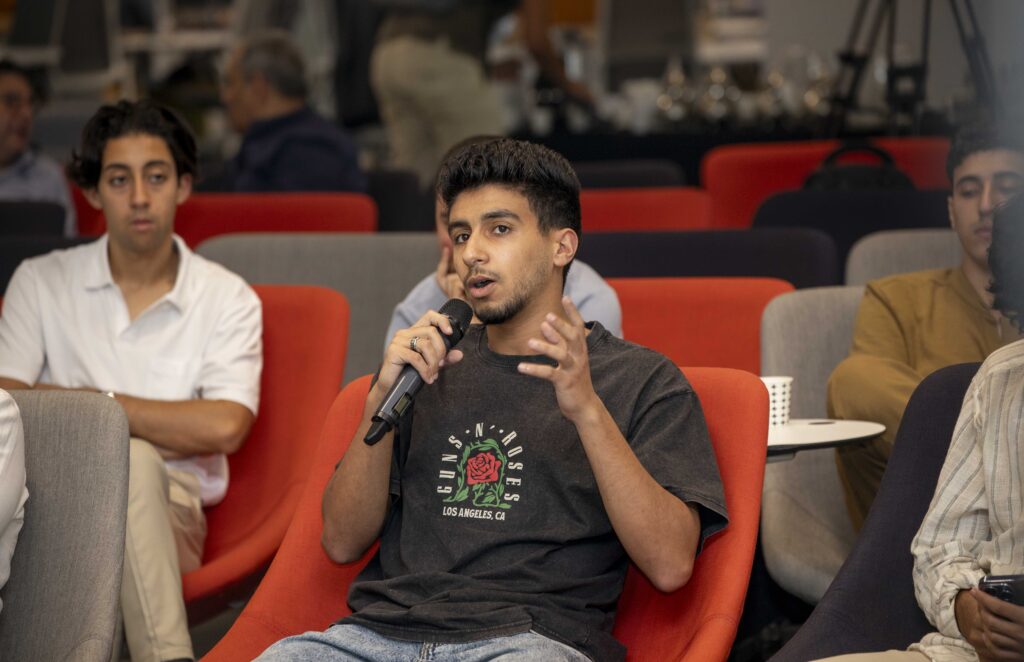
What’s next: Testing and Time
By mid-2025, they hope to run a pilot on a mining or construction site, possibly with OCP. But industry clients are cautious, especially with student-led projects. Meanwhile, both pursue internships: Yassir in Germany, Basma on a hydrogen aircraft project. These will build skills and feed back into OmniSafe.
To scale, they’ll need to hire engineers, regulatory experts, and sales teams, and form hardware and policy partnerships.
AI’s promise in safety is real—but not without limits. In 2024, a faulty robot arm injured a technician in China, reigniting calls for human oversight. AI can flag risks, but not interpret context or navigate ethical grey zones.
More broadly, safety depends on systems, not just tools. Rich countries have inspectors and regulations; others rely on improvisation. AI alone can’t fix this, but applied wisely, it can help close the gap.
OmniSafe is still raw, its creators still students. But the value lies not only in the tech, but in the approach: fix what you know, iterate, and let need drive ambition.
If safety is attention, OmniSafe’s promise is this: watching, without blinking.
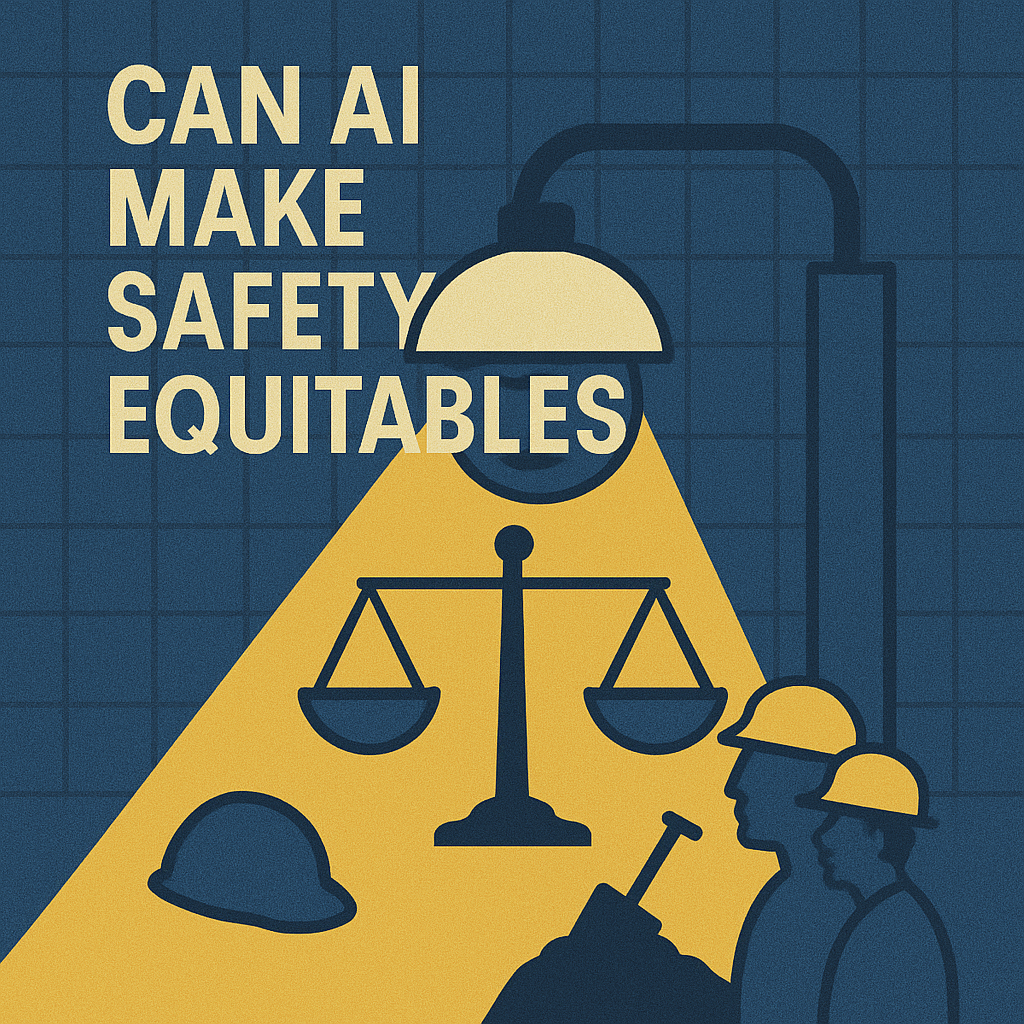

Leave a Reply